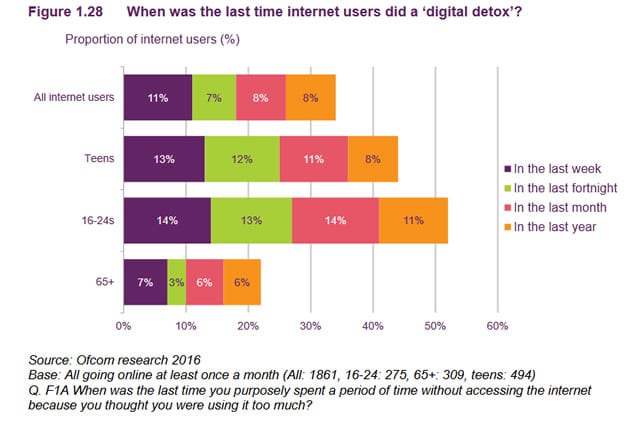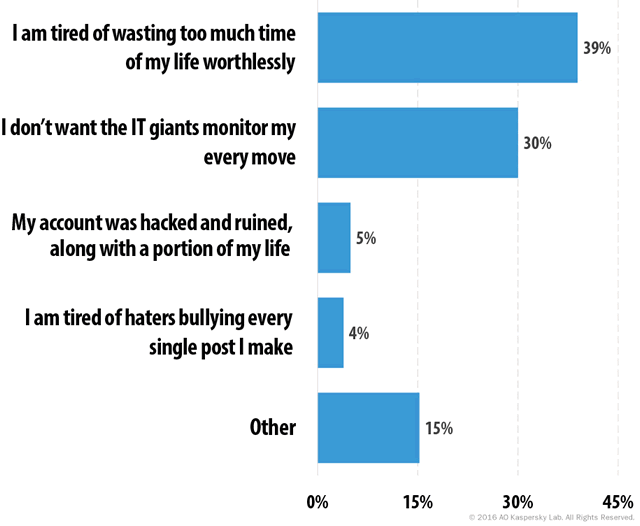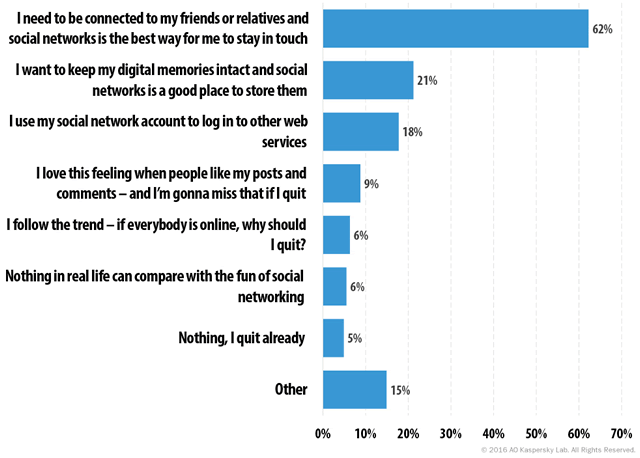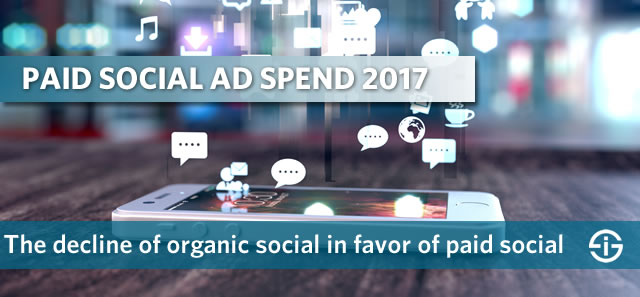Social media and social networks have come a long way since the early days of Facebook and Twitter.
Social media marketing has become part of virtually every integrated marketing approach and it’s almost impossible to imagine a content marketing strategy without a social content marketing component (commonly known as ‘social content distribution’ these days).
Due to changing ‘rules’ over the years, paid social has increased its share and organic social efforts gradually lost impact.
CMO spend forecasts and the decline of organic social in favor of paid social
According to Gartner marketers are increasing their paid social media efforts in 2017.
The research firms’ CMO Spend Survey 2016-2017′ indicates that, as marketing budgets once more climbed in 2016 (to 12 percent of company revenue), digital advertising is poised to grow again in 2017.
In an article, Gartner’s Chris Pemberton mentions various factors which contribute to digital advertising spend:
- The ongoing shift from offline media to digital.
- The growing importance of video (a more expensive digital technique).
- The decline of organic social in favor of paid social.
It’s the latter finding we talk about.
If you look at all findings from the Gartner CMO Spend Survey 2016-2017 you’ll notice that website spending ranks first, followed by digital commerce and digital advertising with approximately two-thirds of marketing leaders planning to invest more in it in 2017.
So, why looking at just one factor that contributes to digital advertising, namely the mentioned decline of organic social in favor of paid social?
The many crises of social media and networks – do they impact brand spending?
There are several reasons and one of them is mentioned in the introduction: social media and social networks – or the ways they are used – have changed.
Yet the basic principles and functioning haven’t changed, leading to serious challenges. Social isn’t exactly the great promise of connecting people in a happy and shiny digital world anymore.
If 2016 has learned us anything with regards to social it’s that Facebook and Twitter, still among the main contenders, just as several others, are facing several crises whereby brands are wondering if they want to be associated with what’s happening in the ‘social space’.
Many users are asking similar questions: is this the place where I want to share, entertain myself and connect or is it time to stop using these platforms?
Sure, paid social does work but as we’ve seen in various large campaigns in 2016, you keep having people who really don’t want these ads and the metrics are still all too often about vanity metrics. In B2B we saw examples with huge impressions and clicks but zero impact on the bottom-line. Yes, social media marketing is about branding and so forth but still: there are numerous questions and there is little integration.
How do we see social networks and media?
This is what Facebook and Twitter mean for many people today:
- Fake news stories (and an incapability to spot them as that’s not how these platforms are built).
- Propaganda and politics with messages whereby one wonders how far this can all go and not exactly what makes us most ‘happy’.
- Platforms where people can just keep spreading hate and anger, with fake accounts being set up to do just that (and of course a bunch of content spitting bots and semi-automated accounts which repeat the same things over and over).
- Environments with serious credibility issues, not just with regards to fake news stories but also with regards to data privacy, the actual amount of data they dispose of, their power, the fallacies in the ways they are built and much more.
The platforms have taken and/or take and/or announced initiatives to tackle some of the challenges but it’s highly questionable if these will be sufficient.
2016 undoubtedly also was a year in which many social media and network users displayed a behavior we’ve seen before but never at such scale: building networks of people who think alike and/or share the similar types of content, whether it’s family pictures, political opinions or cat pictures. Micro-communities are emerging and the ‘block’ or ‘unfollow’ buttons have been used a lot in this context.
The shift to paid social and the shifts in social
A question we need to ponder is why brands are shifting to paid social.
If you ask us it’s partially because in an age of ad blockers and data-driven targeting, along with changed rules, paid social seems inevitable for those who want to reach people across the screens they use and activities they perform.
Yet, in the social environment of today, we’re pretty sure that the challenges we’ve described play a role too. And of course ‘paid social’ is said to be cheap and effective, certainly in a retargeting context.
However, in the changing social reality we wouldn’t bet our money on being even more present with paid brand messages in an environment that is clearly changing. The good old concept of a more ‘conversational approach’ is fading away on platforms such as Twitter where for many it’s all about distribution of content and building “influence”.
Maybe we are wrong but as far as we’re concerned 2017 will be a bad year for several social platforms. We believe that an increasing number of people who used social platforms for fun, entertainment, connecting and the likes are going to stop using them or at the least continue to change their behavior.
Not unimportant: it seems that more and more younger consumer (the generational construct known as Millennials and a favorite target group for many adverisers) are switching off social media and going for more simple mobile phones as The Financial Times wrote in October 2016, among others based upon data from the annual ‘The Communications Market Report’ of Ofcom (PDF opens).
Equally interesting: the age groups that chose a digital detox on a regular basis, from the same report.

Will users increasingly leave social media in 2017?
Each year, data are published on how many people want to leave social media but don’t out of fear of, among others, losing friends or content. Yet, there is always a tipping point, for social networks too.
Social media usage reflects our ‘real-life’ behavior with an aspect of relative anonymity and showing what we want to show (and hiding the rest). In an environment, characterized by fakeness and credibility issues, the question is how long it will take before people seek authenticity and think social is just a waste of their time and anything but an enriching, positive and human experience. When that time comes – and it will come – the question becomes where will you be as a brand.
Several technology firms in recent months have developed tools to make the social experience better again, among others trying to capitalize upon the inherent shortcomings of social networks in the age of populism and fakeness.
Obviously they all announce these new products or offerings with data on how people want to leave social media and how exactly their solution fits in that picture.

When Kaspersky announced the launch of an app, called FFForget in November 2016, which essentially enables people to back up memories from the social networks they use, the company said it did so ‘to give people the freedom to leave any network whenever they want, without losing out’. The ‘research’ coming with the announcement stated that 78 percent of surveyed social media users considered quitting social networks but didn’t because 1) they feared being disconnected from friends and relatives and 2) because they wanted to keep their digital memories intact, which is of course where the offering came in.
When a newcomer launched a new social media app (Treem), which adds levels of privacy of control to social media experiences in December 2016, the company said that 15 percent of Americans want to cut back or drop out of social media in 2017 as part of their New Year’s resolutions. Moreover, “50 percent of Americans would drop out of today’s social media offerings by the end of the year due to fake news. Additionally, some 38 percent would be inclined to drop out of social media because they don’t want to see arguments about the election and its outcome.”
Of course data is data and research by commercial firms needs to be taken with a grain of salt (as does all research). Moreover, there is a difference between resolutions and intentions on one hand and real actions on the other.

However, amidst all the evolutions we described, we would be very amazed if 2017 doesn’t turn out to be a bad year for social networks, followed by reluctance in paid social spending by brands.
Hopefully for those who want us to be wrong, we are wrong.
Top image: Shutterstock – Copyright: Lenka Horavova – All other images are the property of their respective mentioned owners.


